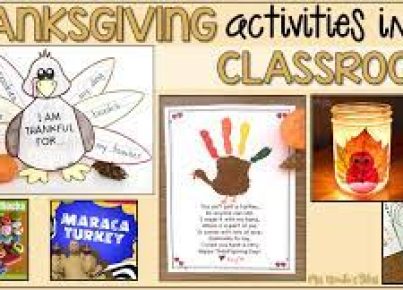Introduction:
Having an organized classroom is key to creating a positive learning environment for students. With the right systems in place, teachers can maximize instructional time and minimize distractions. In this article, we will explore a variety of classroom organization ideas that will help teachers create a well-structured and efficient learning space.
1. Dedicated Storage Spaces:
One of the first steps to achieving classroom organization is to provide dedicated storage spaces for different materials and supplies. Use labeled bins or baskets to store books, stationery, art supplies, and other resources. Consider using shelving units, cubbies, or hanging organizers for easy access. This will not only keep your classroom tidy but also make materials readily available for both teachers and students.
2. Student Cubbies or Lockers:
Assigning individual cubbies or lockers to each student can greatly help with organization. Encourage students to keep their personal belongings in their designated spaces, such as backpacks, coats, and lunchboxes. This will eliminate clutter and ensure that students know where to find their belongings when needed.
3. Color-Coded Organization:
Utilize a color-coding system in your classroom to categorize different items. For example, assign a specific color to each subject or type of material. Use colored bins, folders, or labels to visually distinguish between different categories. This will make it easier for students to find and return items to their proper places independently.
4. Classroom Library:
A well-organized classroom library is essential for promoting a love of reading among students. Sort books by genre, author, or reading level and clearly label each section. You can use book bins, labeled shelves, or even a digital cataloging system to keep track of books. Regularly update and weed out outdated or damaged books to maintain a clean and organized library.
5. Digital Organization Tools:
Embrace technology to streamline your classroom organization. Utilize digital tools such as classroom management apps, online grade books, and communication platforms to keep track of assignments, grades, and parent-teacher communication. These tools can help you stay organized and save time on administrative tasks.
6. Visual Displays and Anchor Charts:
Create visual displays and anchor charts to reinforce concepts and routines. Display calendars, schedules, and to-do lists prominently to keep both you and your students on track. Use posters or charts to present classroom rules, procedures, and expectations. These visual aids serve as reminders and help students understand the structure of the classroom.
Conclusion:
Effective classroom organization is essential for creating a conducive learning environment. By implementing these classroom organization ideas, teachers can save time, reduce stress, and create a space where students can thrive. Remember, organization is an ongoing process, so regularly revisit and refine your systems to meet the changing needs of your classroom. Happy organizing!





